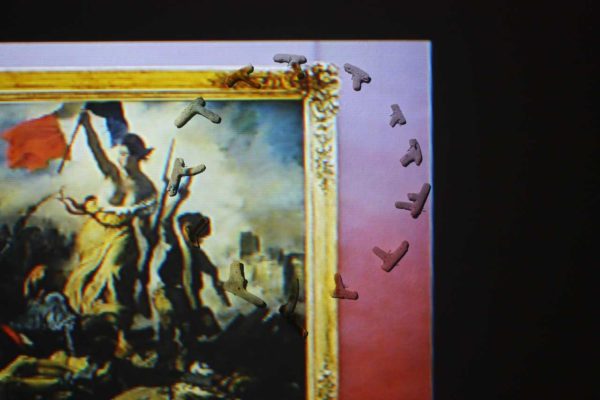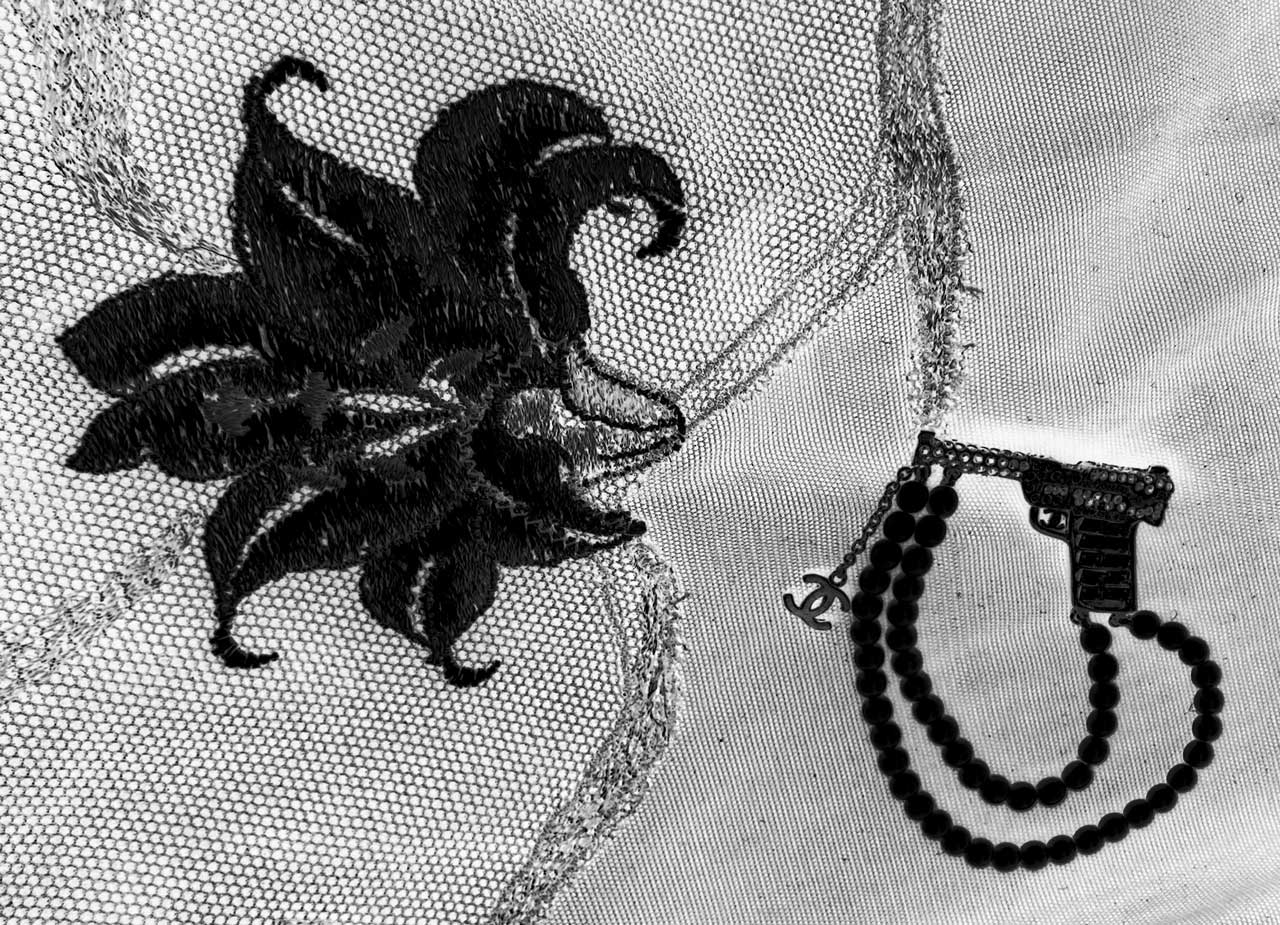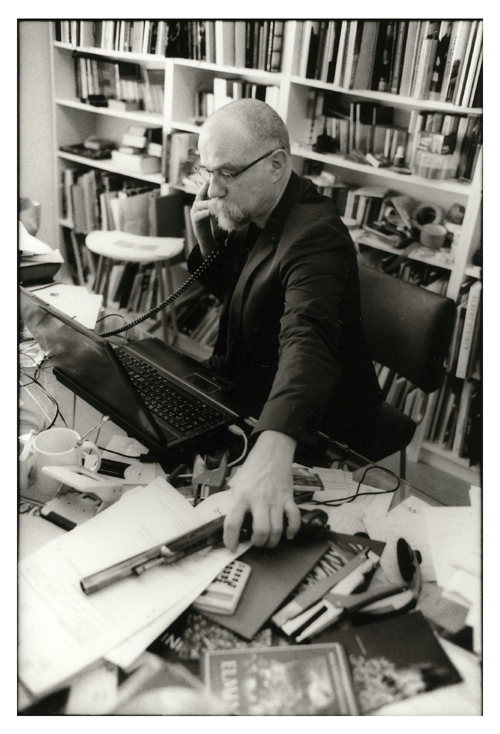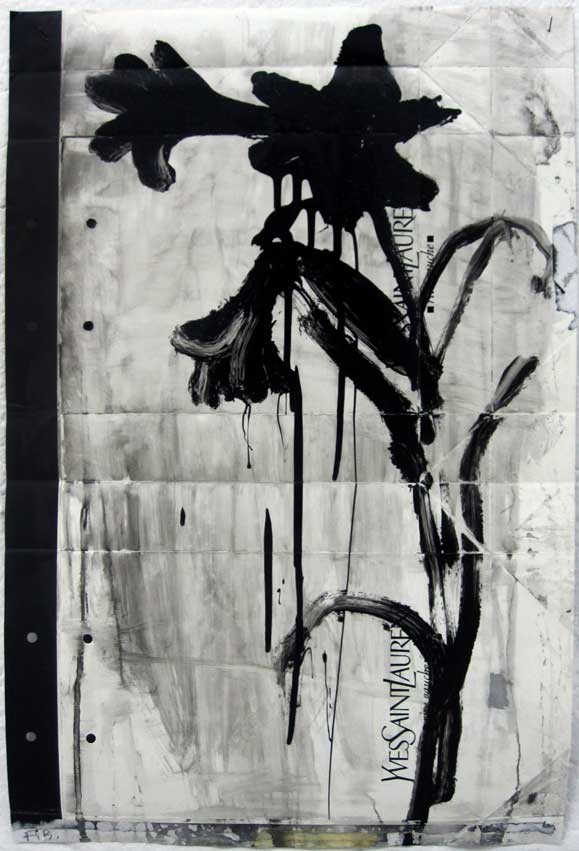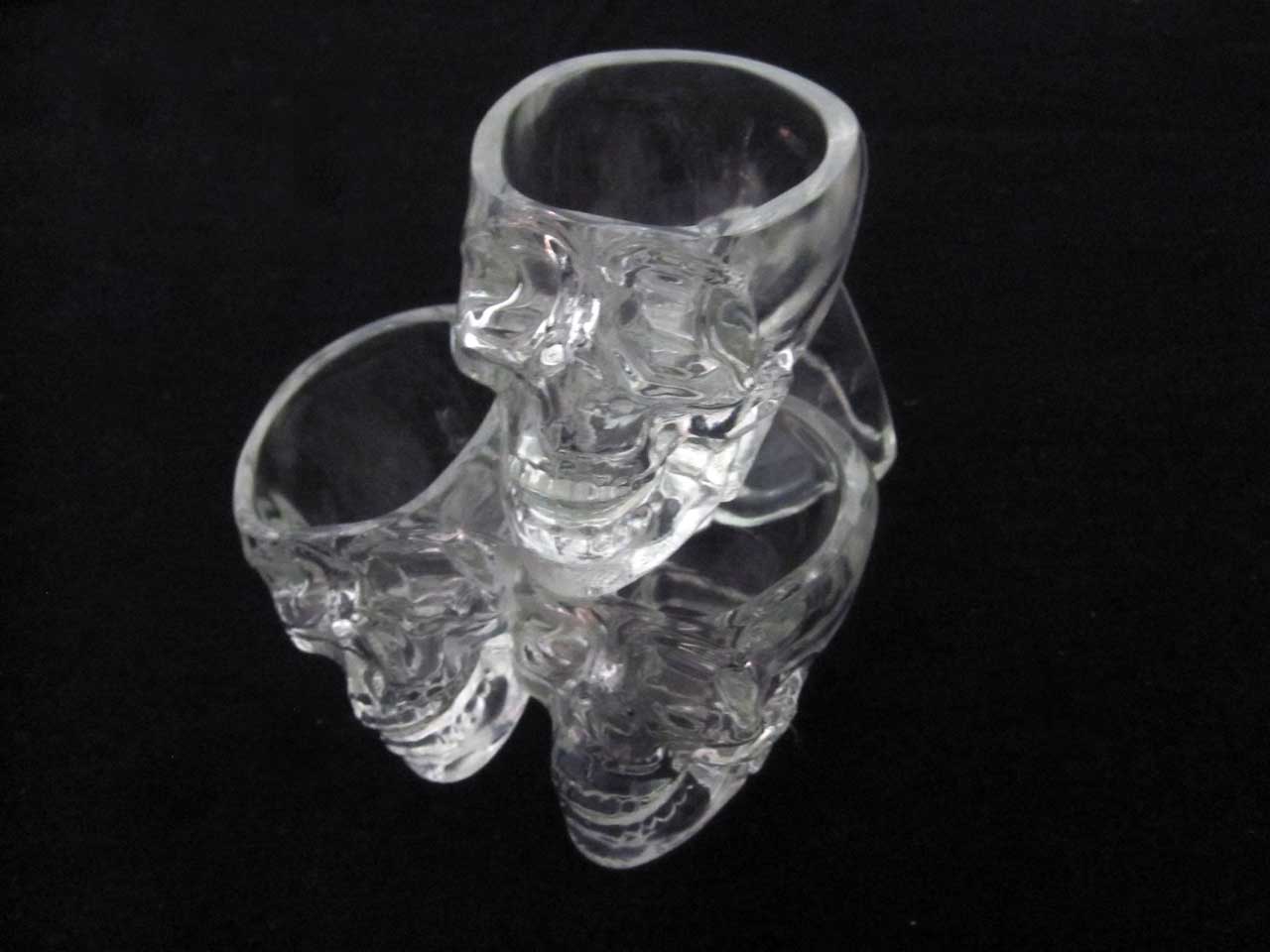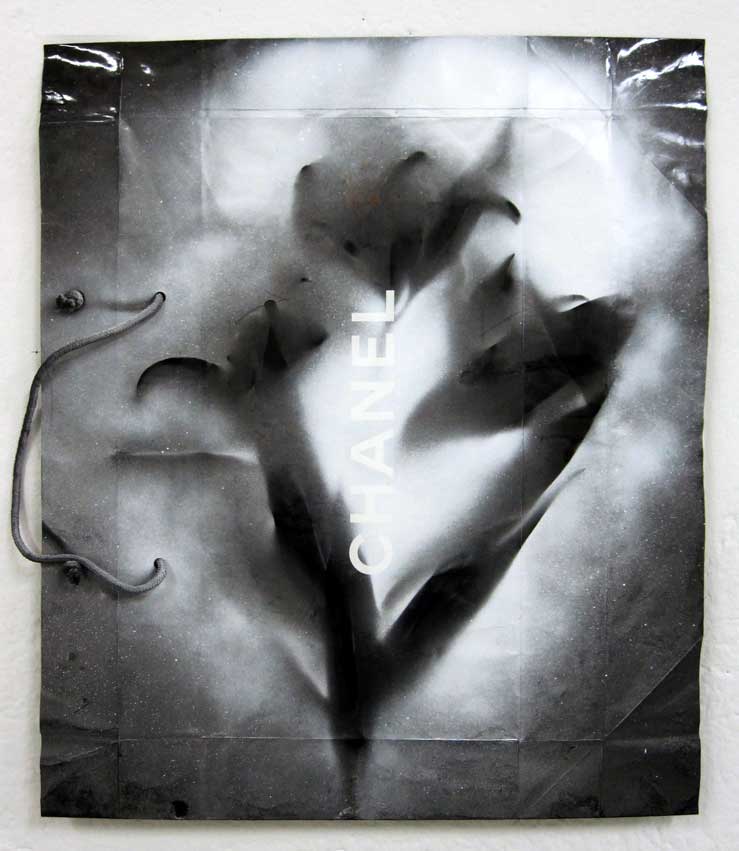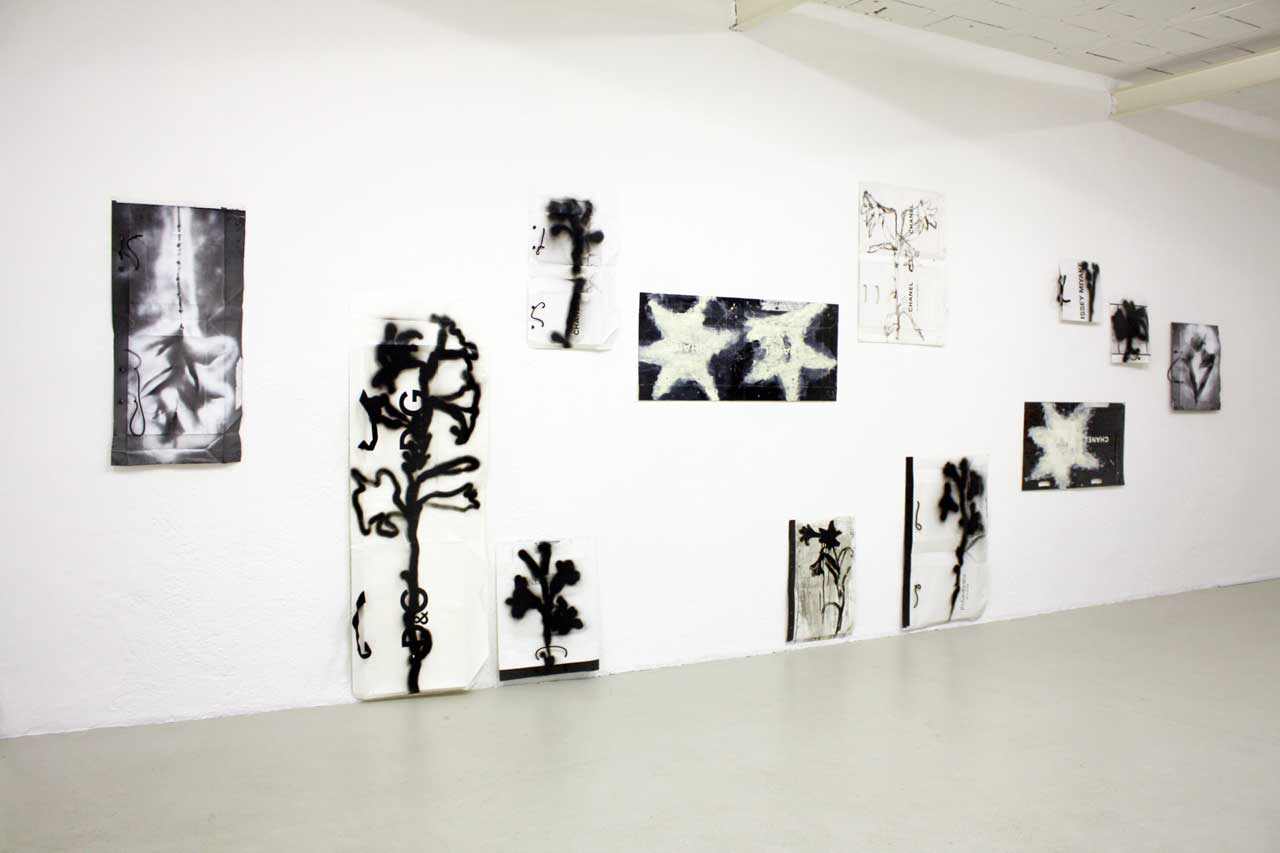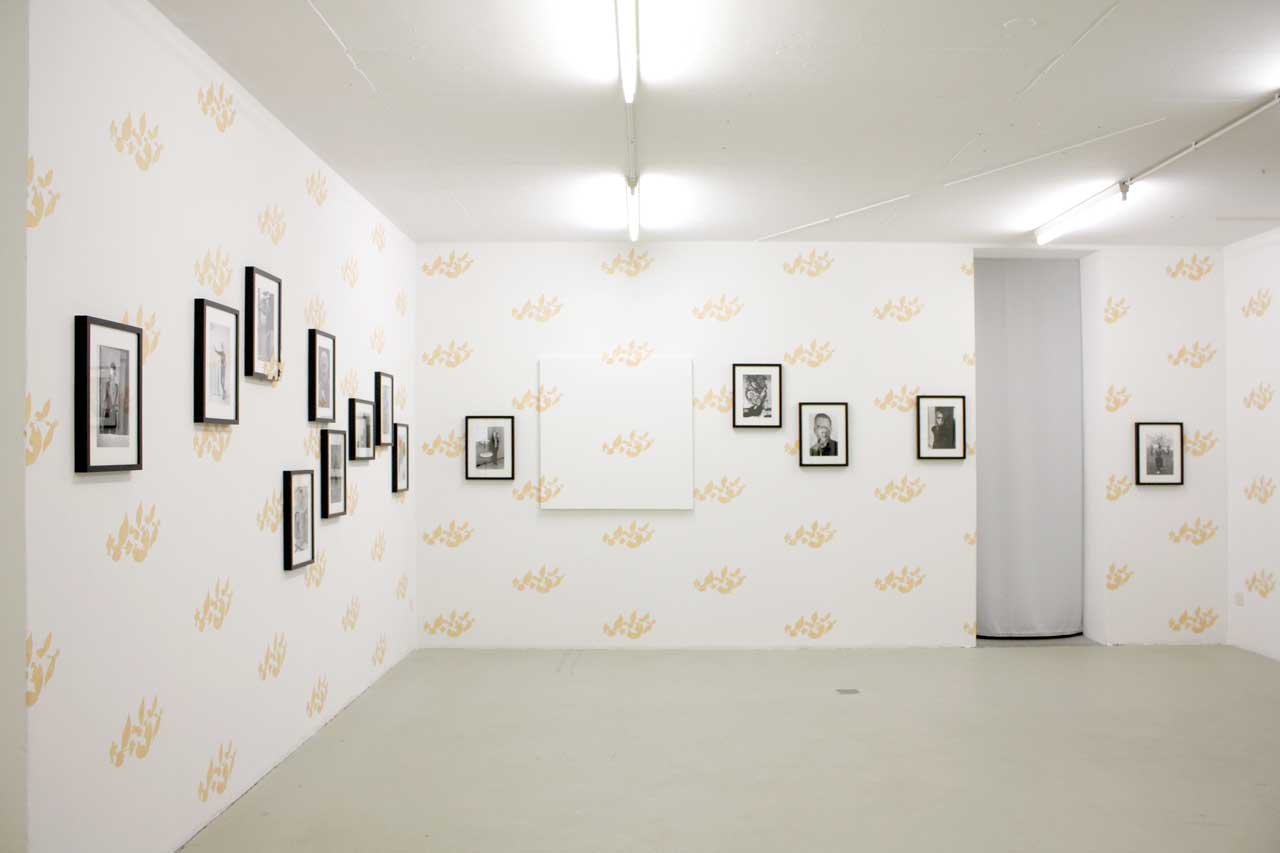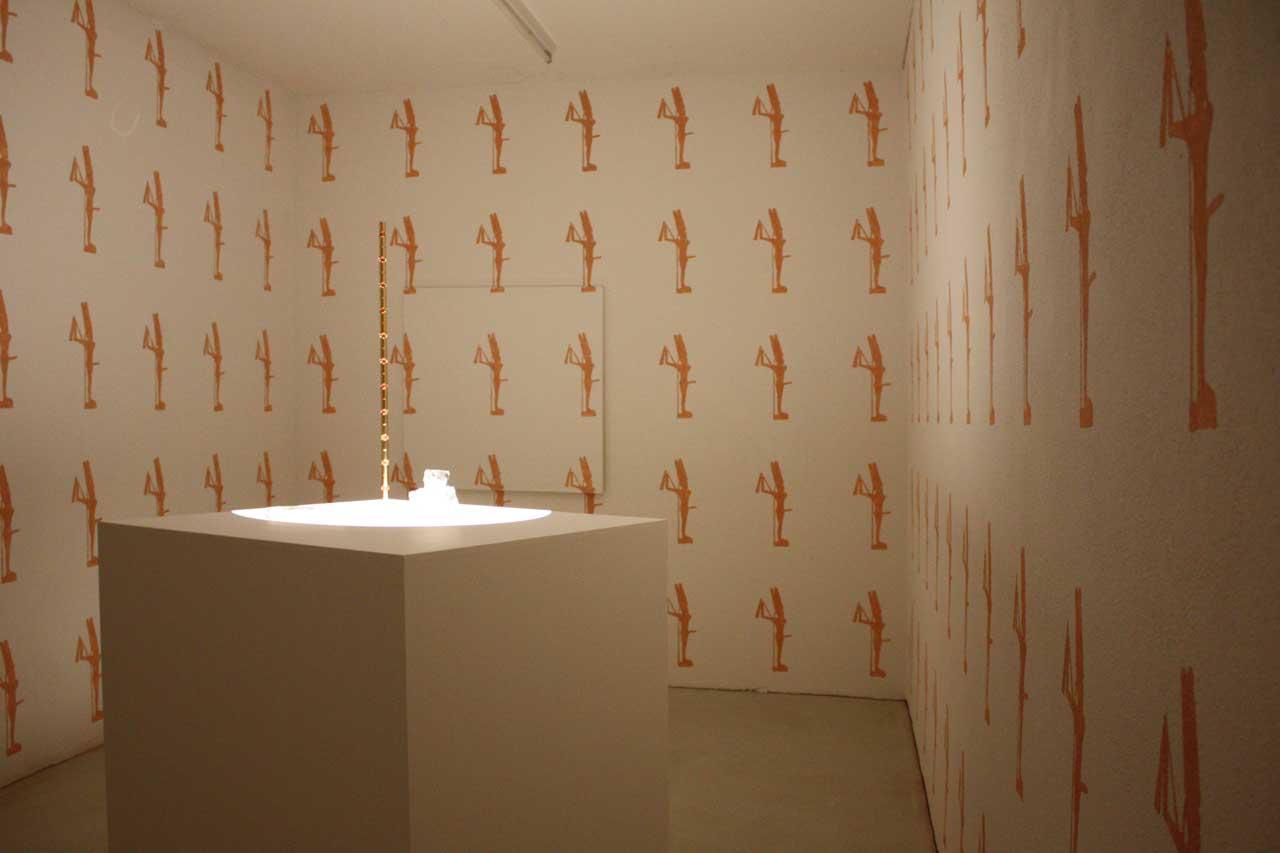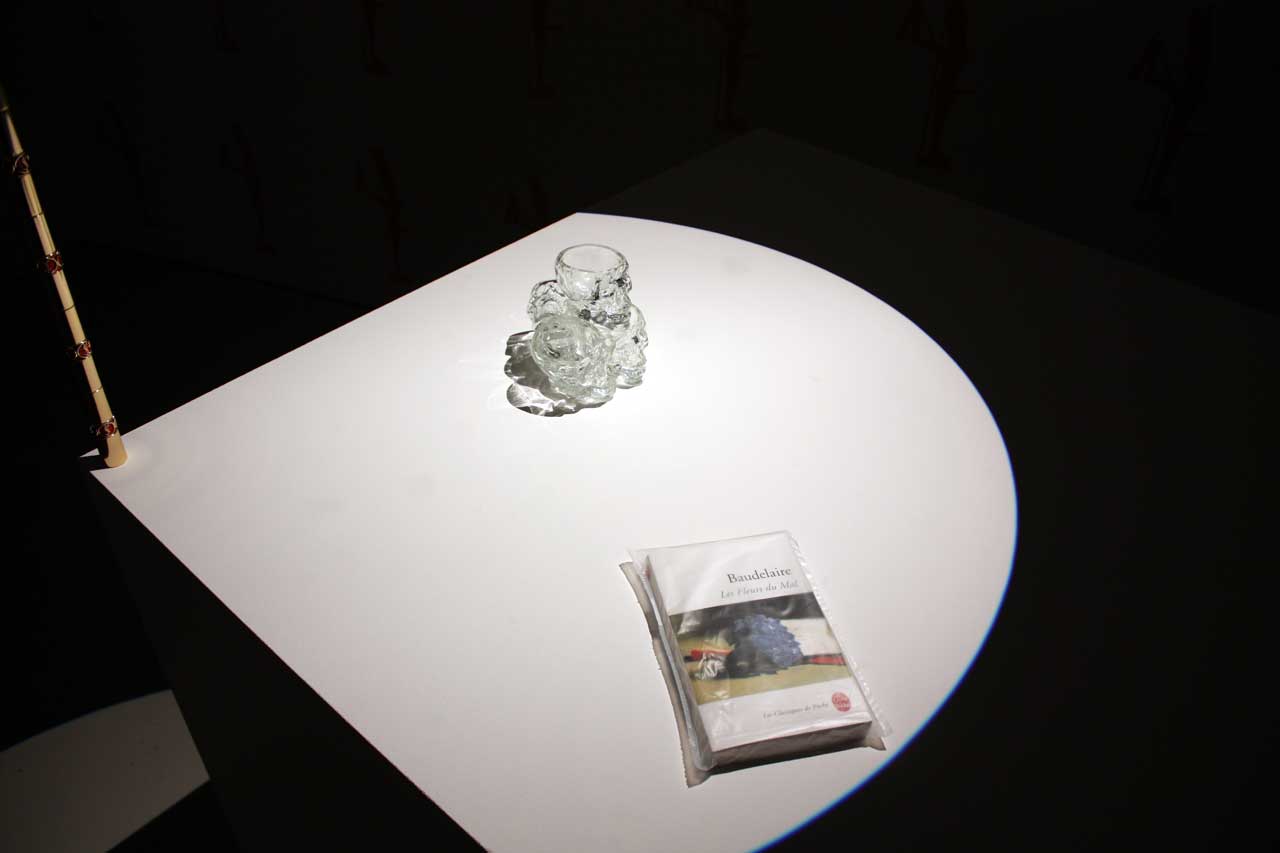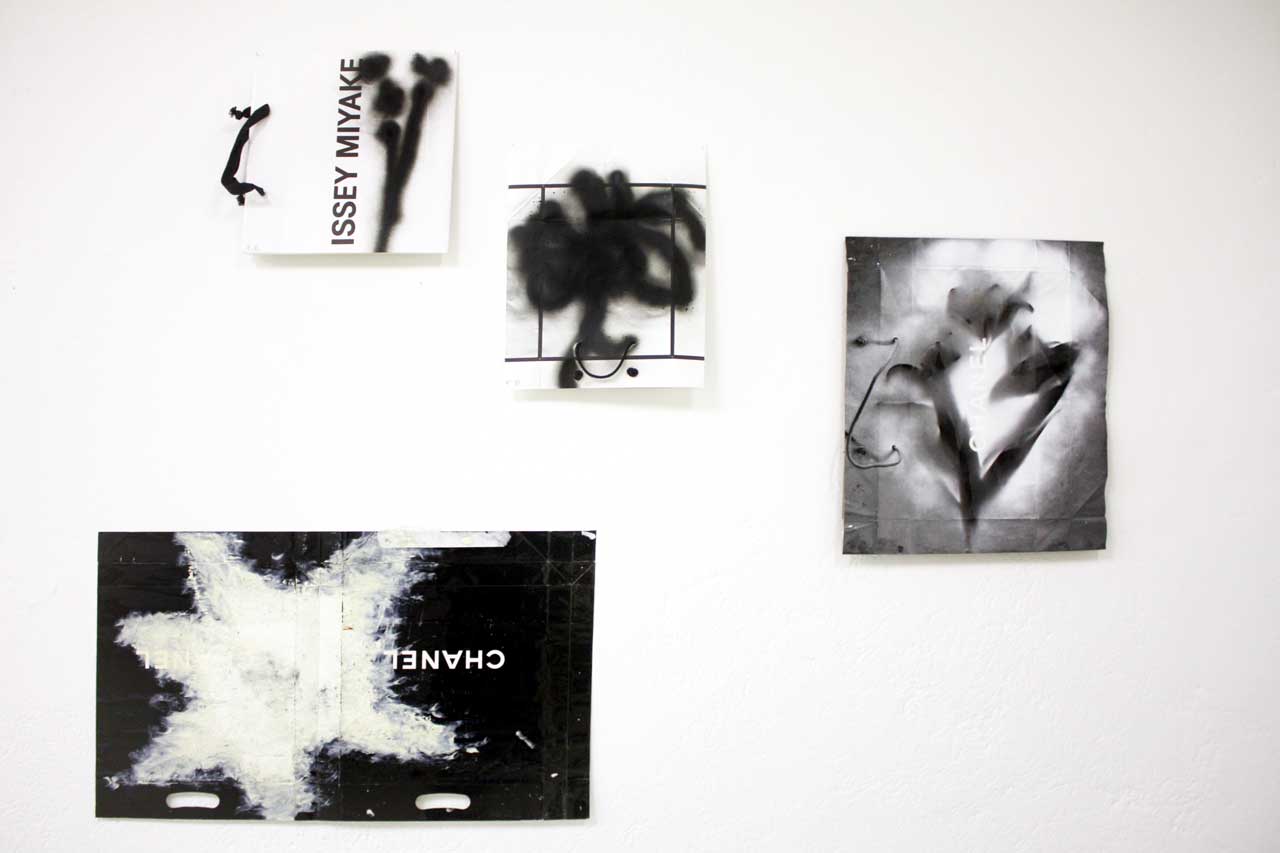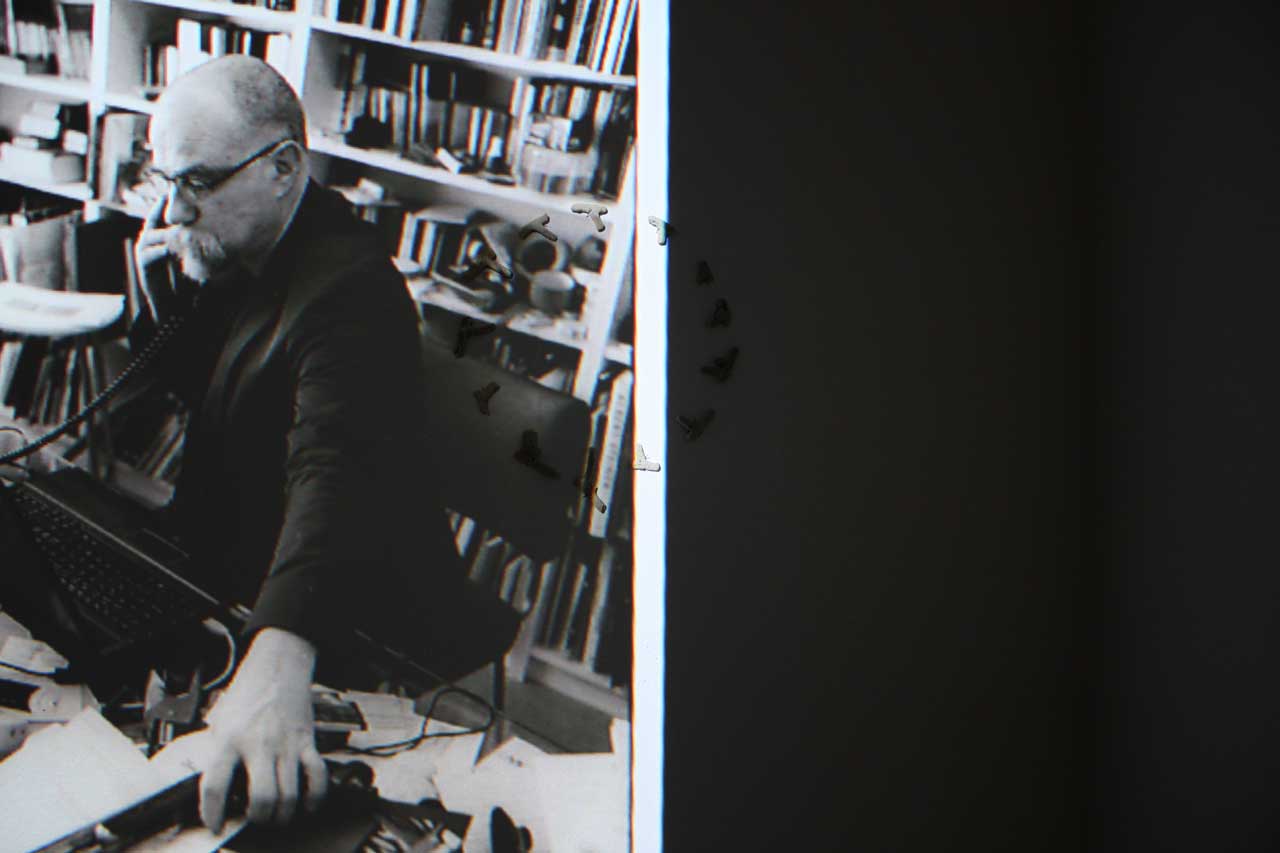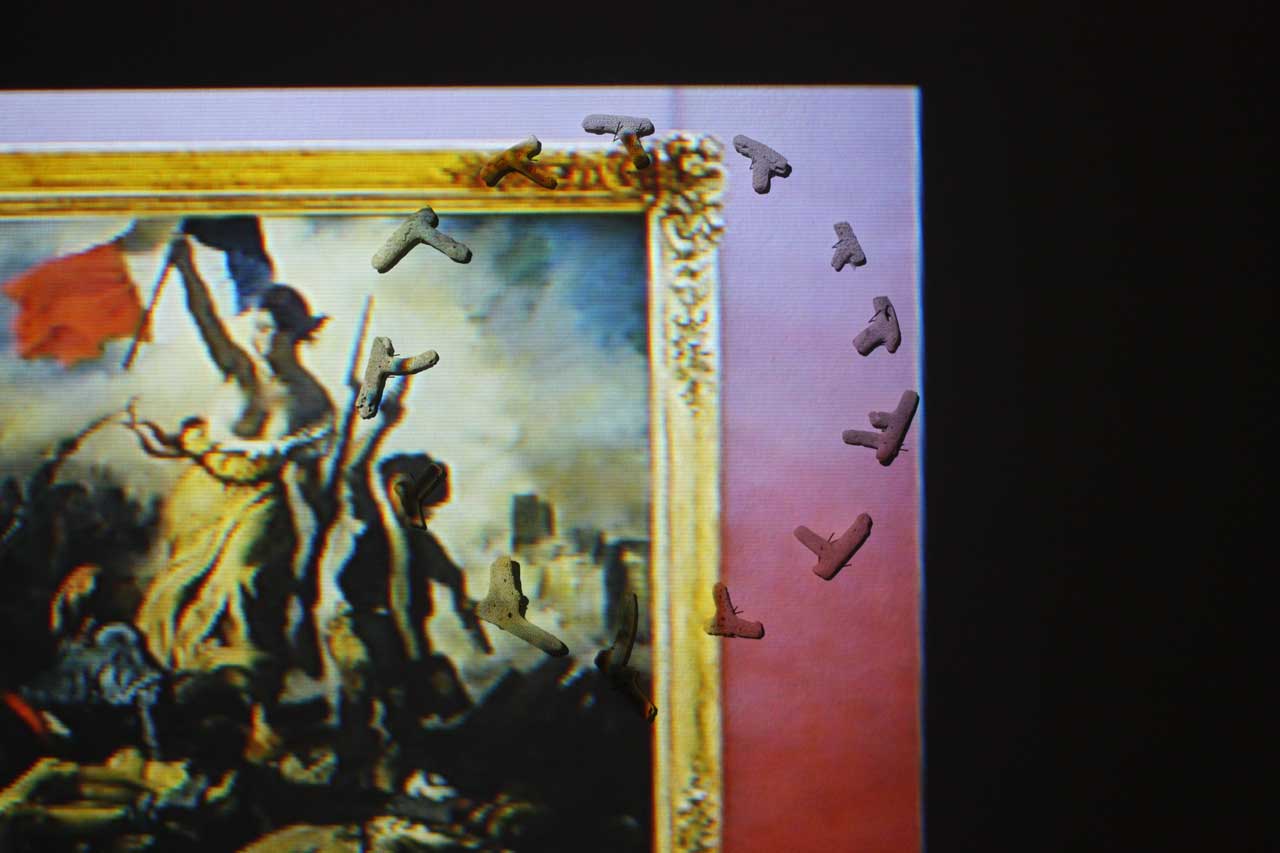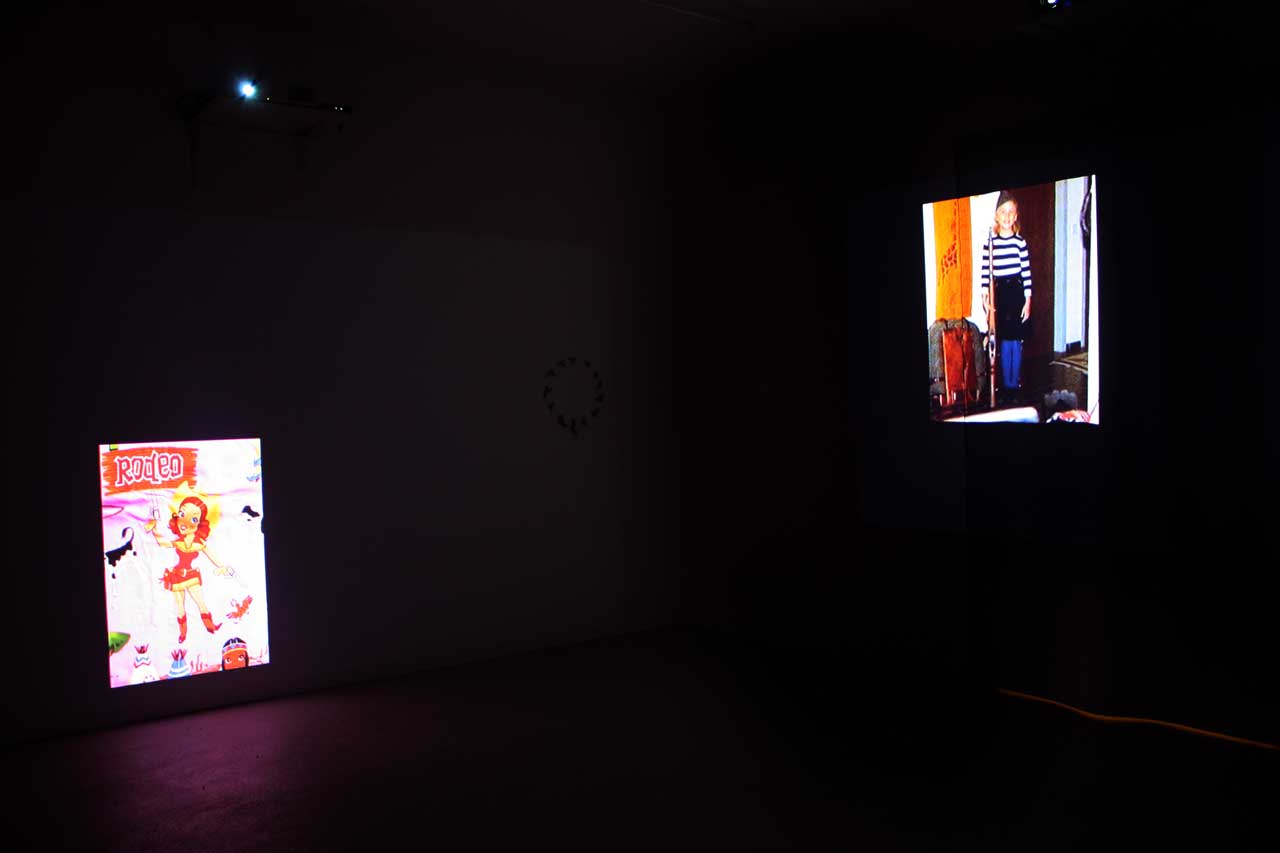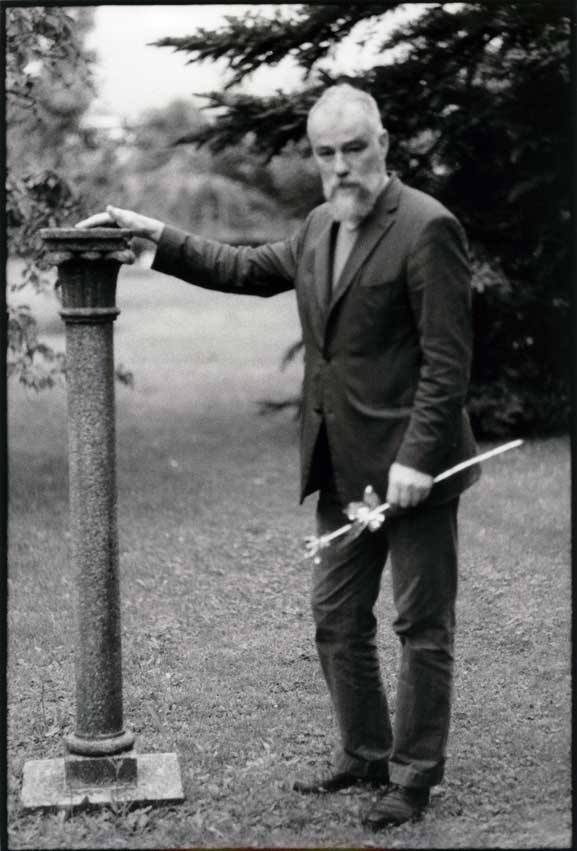Fleur du Male
Fiorenza Bassetti
14 April – 20 May 2012
On 14 April 2012, the CACT CENTRE OF CONTEMPORARY ART IN CANTON TICINO opens FIORENZA BASSETTI’s personal show, FLEUR DU MALE, developing on a theme specific to the CACT.
The show comes across as the sum total and the synthesis of a creative autobiographical experience, in which the artist behaves like a magmatic membrane, absorbing all the information from her real life and regurgitating all the surreal and irrational values of her intimate female and feminist world, in a sort of performance-like cross-section, where every social or anthropological indicator surrounding her becomes a pretext for completing the reflections in her thinking. Fiorenza Bassetti does not convert her art into aesthetics: she goes beyond it, giving ‘body’ to an aesthetics of her perceptions as a female artist and of her artistic style.
FLEUR DU MALE [Flower of the Male and/or Flower of Evil, Ed.] is inspired both by history and by the artist’s own personal stories. Her references, tributes and quotations are manifold and cyclic: the vision and symbolist Utopia of the maudit poet Charles Baudelaire; her playful juggling with her own name (Fiore-Fiorenza, meaning Flower and Florence, the first term masculine, the second one feminine), and the way she combines a medicinal herb (Belladonna, the Deadly Nightshade) that’s a powerful as it is dangerous, with the Egyptian god Amun Min, an iconological element she has already used in a previous Project Room at the CACT, and photographs garnered from collective imagery to make up this puzzle. It is almost as though she is converting the spaces in the CACT into a large Theaterbühne, where the audience acts, reacts and interacts with the artist’s work, as it would in a large magical, expressionist theatre.
The elements that the artist tackles, adopts and elaborates constitute the baggage of her perceptions as a woman: pieces of her everyday life, of her experience and of her perseverance as a victim and at once the executioner of the situations of existence.
Seduction and pain seem to cry out in the first room, where, with superbly glamorous arrogance, she plays intelligently with the shoppers bearing the leading prêt-à-porter fashion brands, before flaying them and marking them with her flowers (lilies), drawn using spray cans and pastels or gouged out with the strength of her fingers. Sarcasm and bitterness come across from her interpretation of her imagery of/about the female dimension, between a social expression and its intimate, muted cry towards a male world, to which Bassetti concedes the sentimental moment of being portrayed with a flower.
The theme in the second room is of a flowering herb: Deadly Nightshade. This continuing thread intersects with the photo gallery created here by Bassetti in the form of 29 portraits, nearly all of men with a Flower, a sequence that is broken by two portraits of a woman wielding a weapon, almost anticipating what will be happening in the third room.
The outline of Atropa Belladonna (Fiorenza Bassetti: Flower of Evil?) now becomes the main motif used to cover the walls in the second room: this feature is reproduced at regular intervals in skin colour using the stencil method. Bassetti gives this plant a symbolic meaning of medicinal, cosmetic and poisonous belonging to her world. On the walls, giving the impression of a background soundtrack, the artist has installed random portraits of men. She asked each of the men who agreed to pose for her photographs to be shot with his favourite flower and to transcribe a graphic thought to be collected together with the others for the public to read on a lectern. This counterbalance between the calm, mitigating presence of the feminine symbol and the uncertain functionality of the masculine expressed by the installation reiterates a methodological process that the artist decided to adopt, forging an inexorable bond between all the rooms at the CACT. The romantic, sensitive, tender, affectionate, loving, beautiful man appears to counterbalance the threatening presence of the curative, yet poisonous, herb Belladonna.
This is a room that links to the fourth room, although overturning its logic in the process, where the Zurich artist uses the same linguistic architecture of the stencil to decorate the walls with an outline, this time of the Egyptian god Amun Min, an ithyphallic fertility figure that obviously stressed masculinity and was also connected to the orgiastic liturgical practices that can later also be found among the Greeks and Romans. The iconography of this Egyptian god is also found on ancient sand clocks, which were invented to measure the passing of time and became a symbol of the unpredictability and hazard of time. Once again here, the colour used for Amun Min is the same as the skin colour used for the Belladonna. In this room, Bassetti has placed her symbols related to the world of vanity. On a plinth are two
small sculptures, almost a ready-made that hints once again at the glamorous style already seen in the first room and used by many female artists, including Sylvie Fleury, Manon and others: a column made of the Rouge Volupté lipsticks used by the artist herself, a weapon of feminine seduction created by Yves Saint-Laurent, himself a masculine personality with a refined taste in art and beauty who is quoted by Bassetti several times, also in the first of the rooms. On the same plinth are four skull-shaped glasses assembled as a pyramid, in an evident quotation of and tribute to the Cézanne painting and to Egyptian culture, as already mentioned. Bassetti adds the symbolism of the glass, where knowledge is mixed with the experience of life and which quenches the thirst as its feeling for life and the inexorable awareness of death are drained to the last drop.
In the third space there is a darkroom where the observer, whether man or woman, is also the object and subject on which the artist projects her accumulation of 62 recuperated images. Strategically located beamers reproduce depictions of women wielding weapons and in the act of wounding… although there is also space for the occasional male figure. This is an extreme summary of the cannibalistic passion of appropriation in the sensual and vigorously passionate act, when faced with the vanity of Life and the mystery of Death: smells, perfumes, sounds and elements of the natural world float like joyfulness in this room.
By proceeding through the exhibition, visitors will ultimately arrive at the fifth and last room, where they will discover three monotypes, impressions of ski-coloured nude bodies, whose very nature conjures up an impression of a practice common in the Japanese Gutaj movement, an abstract expression in which the body is a fundamental part of the mental creative process. These monotypes are printed on the surfaces of assembled funerary notices (with an evident flashback to the shoppers in the first room and to the world of fashion). For Fiorenza Bassetti, this language is not a style or a technique, but is paraphrased, chameleon-like, every time that the topic tackled calls for it. The exhibition curator’s mise à nu seems to be the latest challenge that the artist launches to her public… or obliges it to accept.
MACT/CACT are financially supported by Repubblica e Cantone Ticino, City of Bellinzona, Alfred Richterich Stiftung Kastanienbaum, friends of MACT/CACT.
Mario Casanova, 2012 (translation Pete Kercher)
Ph. Pier Giorgio De Pinto © PRO LITTERIS Zürich.
Where
MACT/CACT
Museo e Centro d’Arte Contemporanea Ticino
Via Tamaro 3, Bellinzona.
Opening hours
Friday, Saturday, Sunday
2 p.m. – 6 p.m.

